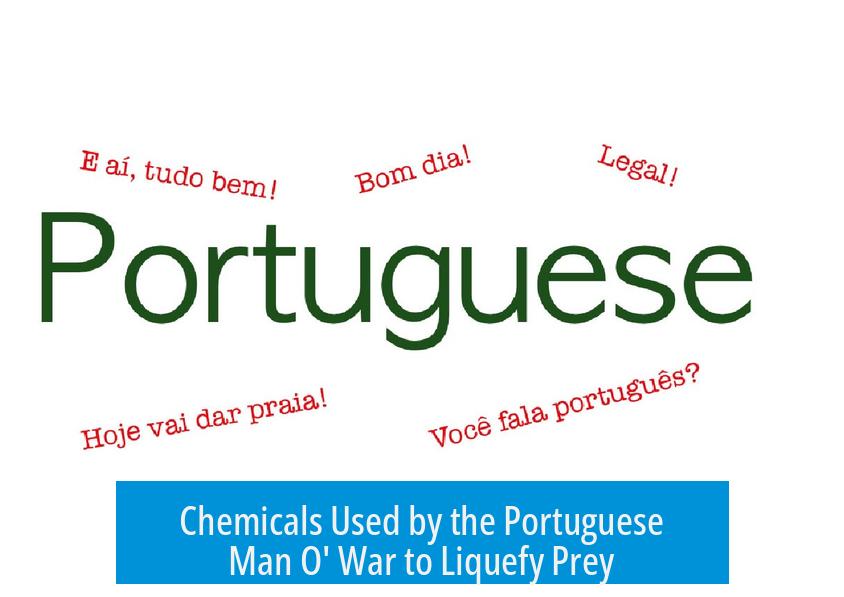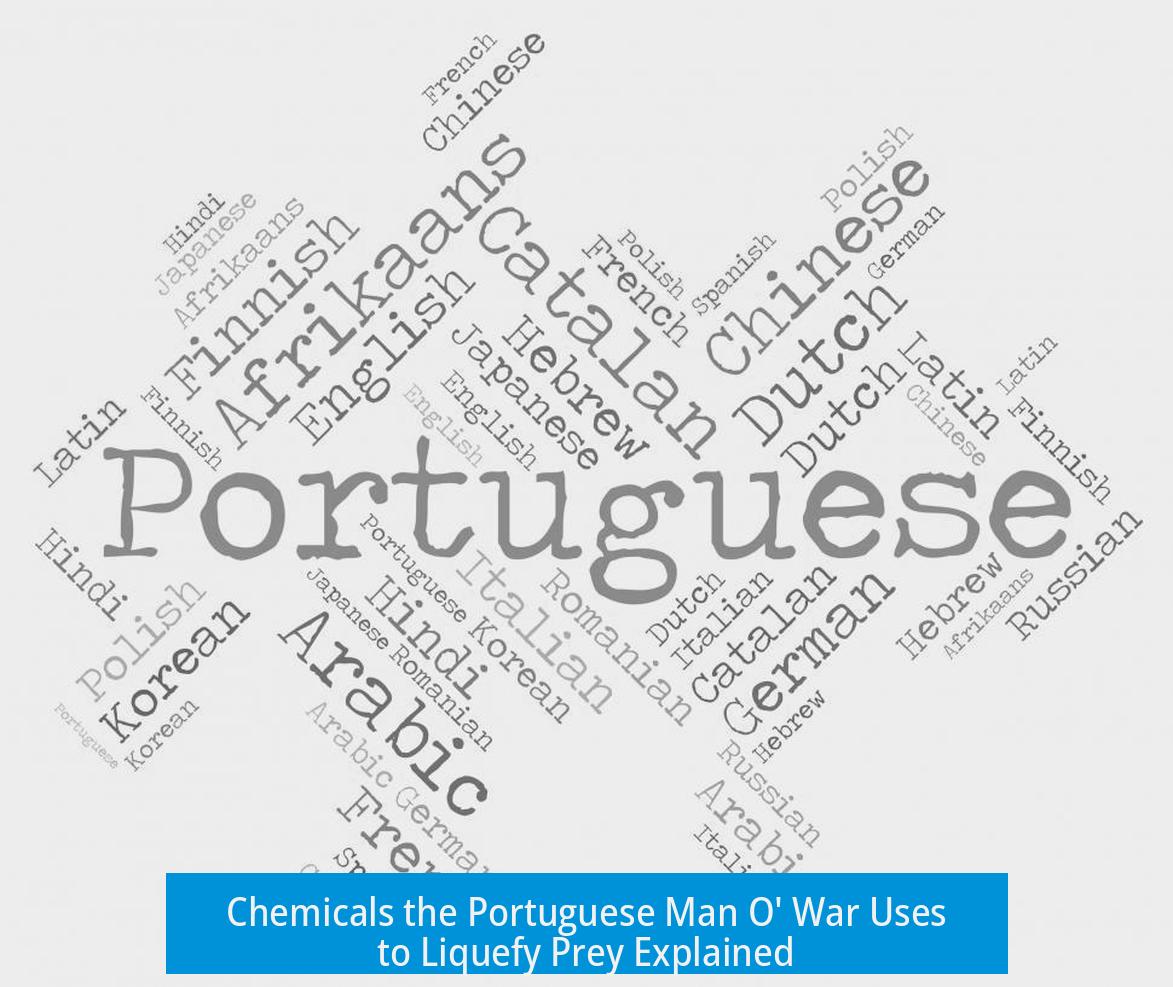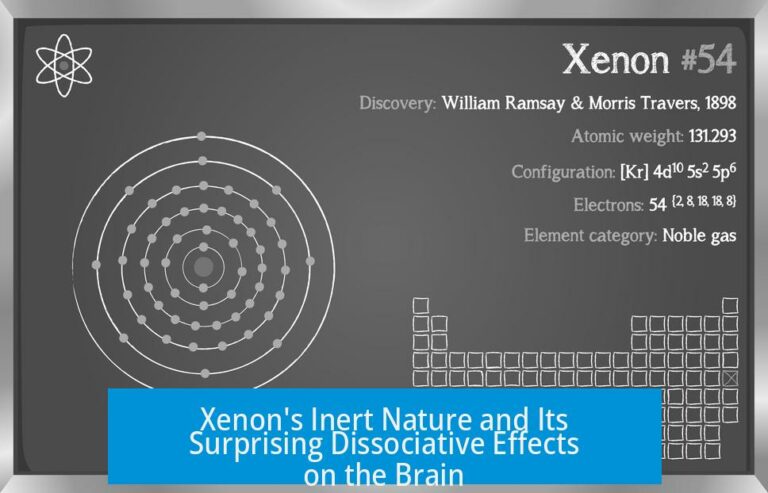Chemicals Used by the Portuguese Man O’ War to Liquefy Prey

The Portuguese man o war primarily uses a combination of digestion enzymes and toxins to liquify its prey. These enzymes break down the prey’s tissues, effectively turning them into a consumable liquid. While specific enzymes unique to this species are not fully characterized in open literature, the process resembles enzymatic digestion found in various marine animals and even some terrestrial predators.
Enzymatic Digestion as the Main Mechanism
Enzymes serve as the active agents that degrade the proteins and other biomolecules in the prey. Similar to how certain spiders liquify their prey externally using proteolytic enzymes, the Portuguese man o war secretes digestive enzymes to dissolve captured organisms.
Bromelain, a proteolytic enzyme found in pineapples, is a familiar example of such enzymes. Bromelain breaks down proteins rapidly, causing meat to soften and eventually become gelatinous. This analogy helps illustrate how digestive enzymes from the man o war might function by targeting the structural proteins and tissues of its prey.
Role of Toxins
The man o war delivers toxins through its nematocysts (stinging cells) to immobilize prey. These initial toxins facilitate capture but also likely assist digestion by affecting prey tissues. The toxins differ from digestive enzymes but both work together in prey processing.
Additional Digestive Chemicals
In addition to enzymes, some digestive systems use acids like hydrochloric acid to assist in breaking down food chemically. Although less documented for Portuguese man o war, this method is common among predators and may parallel its digestion strategy.
Scientific Research and Resources
For detailed biochemical profiles and enzyme types, consulting specialized scientific databases and journals is crucial. Articles from Nature and ScienceDirect discuss cnidarian digestion and venom composition, providing insights on the enzymatic activities involved.
| Resource | Focus |
|---|---|
| ScienceDirect Study | Enzymes in cnidarian digestion |
| JSTOR Article | Biochemistry of venom and digestive enzymes |
| Nature Research | Proteolytic mechanisms in marine species |
Summary of Key Points
- The Portuguese man o war liquifies prey mainly using digestive enzymes combined with toxins.
- Enzymes degrade prey proteins similarly to bromelain from pineapples, which dissolves meat quickly.
- Initial toxins immobilize prey and may facilitate enzymatic digestion.
- Hydrochloric acid or other acids may play a minor role, as seen in other predators.
- Scientific literature offers deeper insights for those seeking exact enzyme identification.





Leave a Comment